
-
Updating Roman Jakobson’s ‘Poetic Function’ with Vector Semantics
Read more: Updating Roman Jakobson’s ‘Poetic Function’ with Vector SemanticsKurzynski discusses how poetry extends beyond sound and rhythm and taps into a deeper network of meanings.


Kurzynski discusses how poetry extends beyond sound and rhythm and taps into a deeper network of meanings.
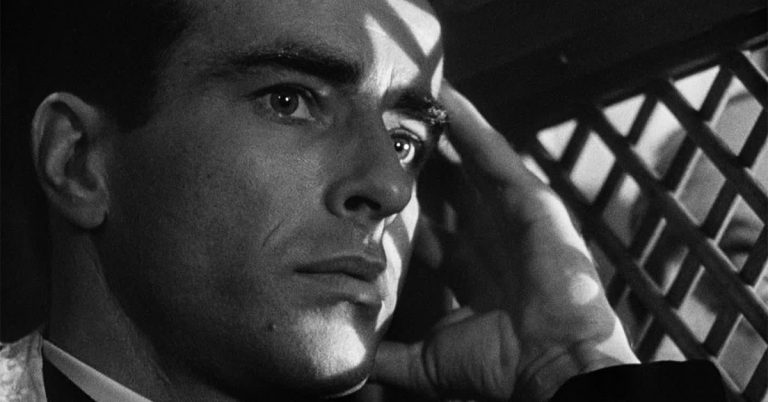
by Lis Sodl, Elyce Rae Helford and Christopher Weedman Lis Sodl (M.A. Student, English Department, Middle Tennessee State University) interviews Elyce Rae Helford and Christopher Weedman on their new book, Liminal Noir in Classical World Cinema. Could you please briefly…
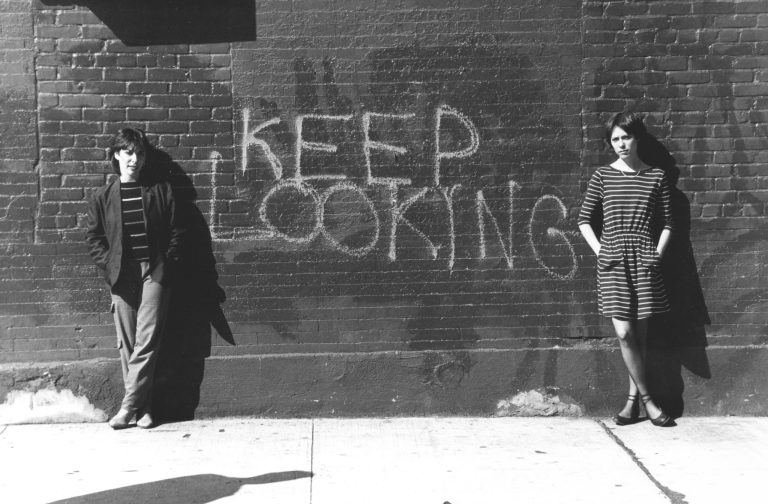
by Susan Kerns ReFocus: The Films of Susan Seidelman editor, Susan Kerns, discusses researching the book, what surprised her during the process, the most exciting part of the project and whether her research changed her worldview in this fascinating Q&A.…
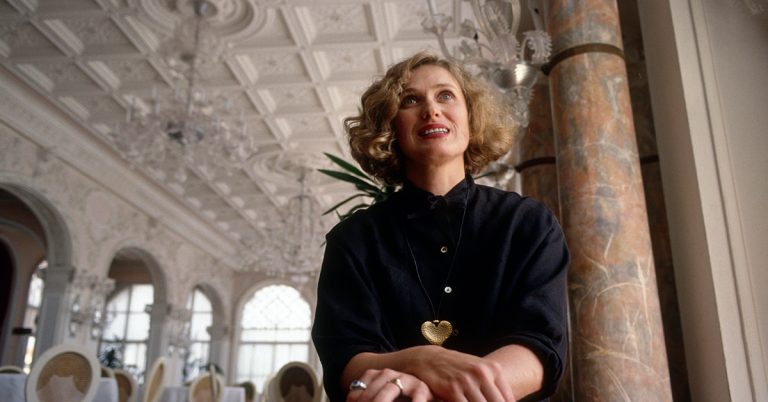
by Alexia L. Bowler and Adele Jones Refocus: The Films of Jane Campion (2023) is the first collection of scholarly essays on Oscar winning film director Jane Campion, director of The Piano (1993) and more recently The Power of the…

by Emily Goodwin and Sarah Brophy Video calls. Collaborative docs. Memes. “Live” concerts. Vaccine selfies. Netflix. Case rate data. Digital media provided lifelines during the COVID-19 global public health crisis. Yet as everyday life became more screen-centric than ever, the…

by Nick Jones Screens are sticky. When we look at our phone, open our laptop, boot up our PC, turn on our games console, or sit in front of the television, we often get glued to the content, and end…

by Maria Flood and Michael C. Frank The Figure of the Terrorist in Literature and Visual Culture editors Maria Flood and Michael C. Frank discuss what inspired their research for their new book and how the discourse around terrorism has…

by Joe Street Tell us a bit about your book Silicon Valley Cinema is about a sequence of films that were mostly released in the 2010s that focused on the impact of Silicon Valley corporations on our lives. Some of…
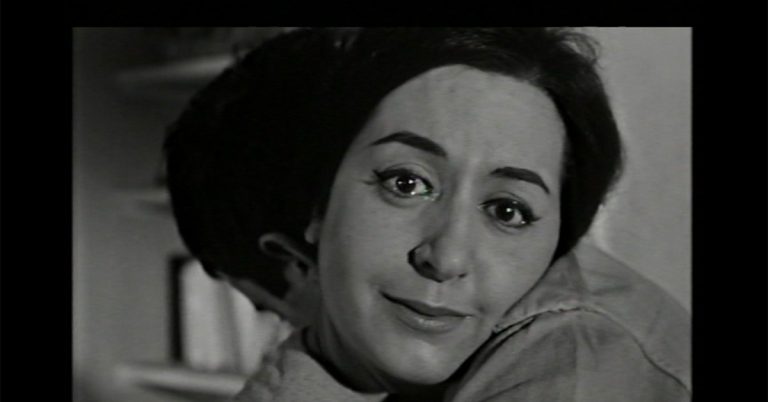
by Mani Sharpe and Daniel Goldenberg Read the original interview in French Shot in 1959, Le Retour is a short film directed by Daniel Goldenberg, in collaboration with the ex-paratrooper, Yann le Masson, who was responsible for cinematography, alongside Georges…
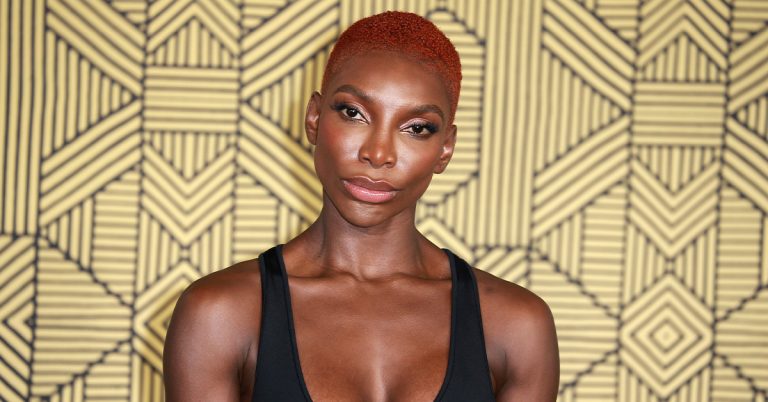
by Laura Minor Following the success of several working-class women who have created original comedy series in the UK, such as Carla Lane, Victoria Wood, Kay Mellor, and Caroline Aherne, the 2010s (and onwards) have seen an increase in working-class…